An idel gas undrgoes isothermal process from some initial state i to final state f. Choose the correct alternatives.
dU=0
dQ=0
dQ=dU
dQ=dW
The correct Answer is:A, D
For an isothermal process change in temperature of the system dT=0⇒T= constant.
We know that for an ideal gas dU = change in internal energy =nCv dT=0
[where, n is number of moles and Cv is specific heat capacity at constant volume ]
From first law of thermodynamics,
dQ=dU+dW
=0+dW⇒dQ=dW
Topper's Solved these Questions
- BOOK - NCERT EXEMPLAR ENGLISHCHAPTER - THERMODYNAMICS EXERCISE - VERY SHORT ANSWER TYPE QUESTIONS5videos
THERMODYNAMICS
- BOOK - NCERT EXEMPLAR ENGLISHCHAPTER - THERMODYNAMICS EXERCISE - SHORT ANSWER TYPE QUESTIONS6videos
THERMODYNAMICS
- BOOK - NCERT EXEMPLAR ENGLISHCHAPTER - THERMODYNAMICS EXERCISE - LONG ANSWER TYPE QUESTIONS5videos
THERMODYNAMICS
- BOOK - NCERT EXEMPLAR ENGLISHCHAPTER - THERMAL PROPERTIES OF MATTEREXERCISE - Very short Answer type Questions15videos
THERMAL PROPERTIES OF MATTER
- BOOK - NCERT EXEMPLAR ENGLISHCHAPTER - UNITS AND MEASUREMENTS EXERCISE - Long Answer Type Questions9videos
UNITS AND MEASUREMENTS
Similar Questions
P - V diagram of an ideal gas is shown. The gas undergoes from initial state A to final state B such that initial and final volumes are same. Select the correct alternative for given process AB.
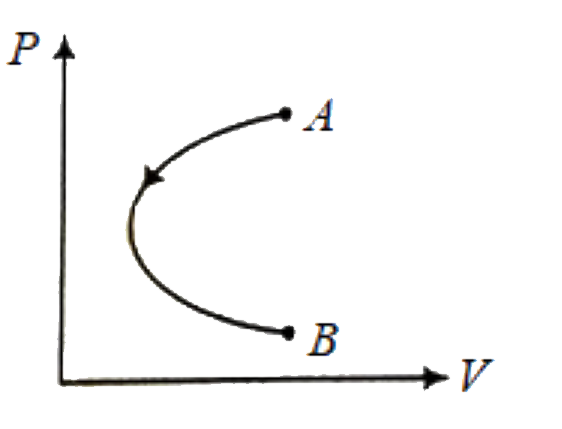 View Solution
View SolutionAn ideal gas is taken from an initial state i to a final state f in such a way that the ratio of the pressure to the absolute temperature remains constant. What will be the work done by the gas ?
View Solution
Knowledge Check
- Question 1 - Select One
An ideal gas undergoes isothermal process from some initial state i to final state f. Choose the correct alternatives.
A1.dU=dQB2. dU=-dWC3. dU=0D4. dU=dW - Question 2 - Select One
An ideal gas undergoes for different processes from the same initial state (figure). Four processes are adiabatic, isothermal, isobaric and isochoric. Out of 1, 2, 3 and 4 which one is adiabatic ?
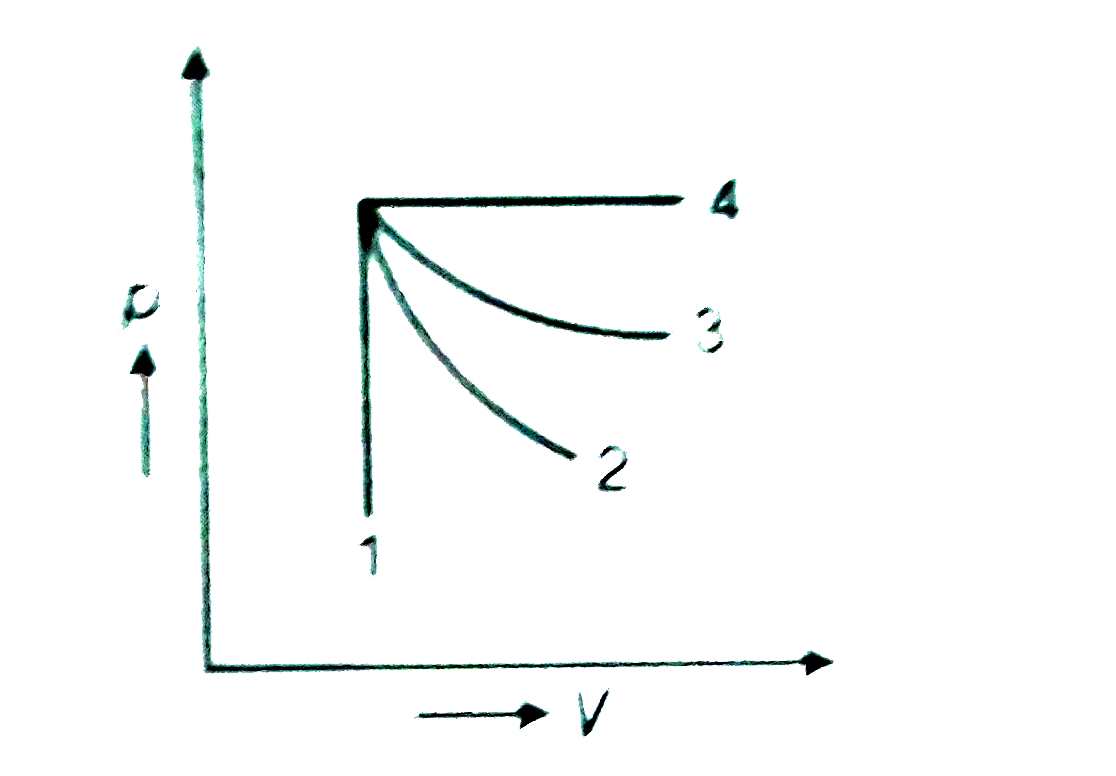 A4B3C2D1
A4B3C2D1 - Question 3 - Select One
One mole of an ideal gas goes from an initial state A to final state B via two processs : It first undergoes isothermal expansion from volume V to 3V and then its volume is reduced from 3V to V at constant pressure. The correct P−V diagram representing the two process in (figure)
A B
B C
C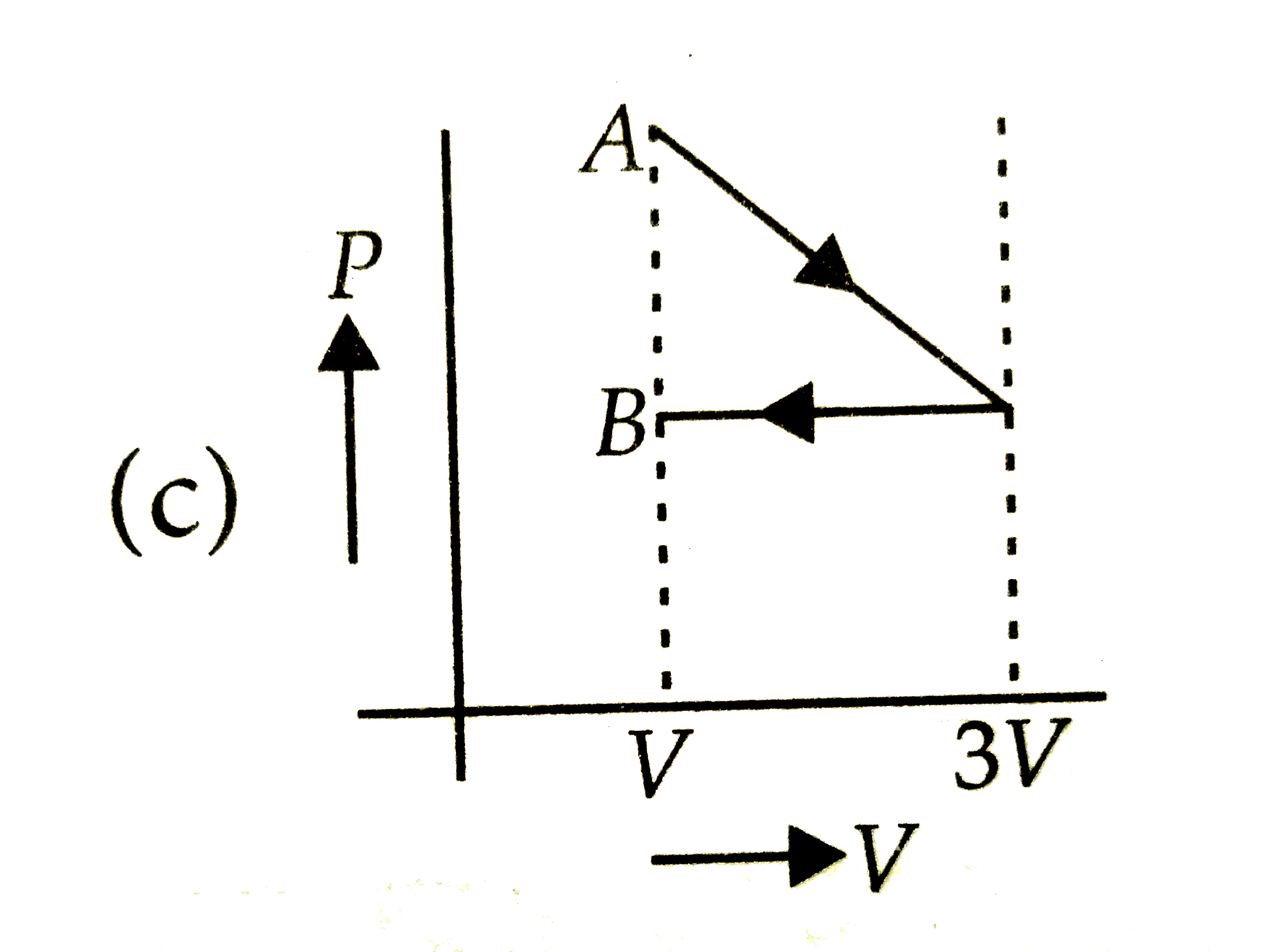 D
D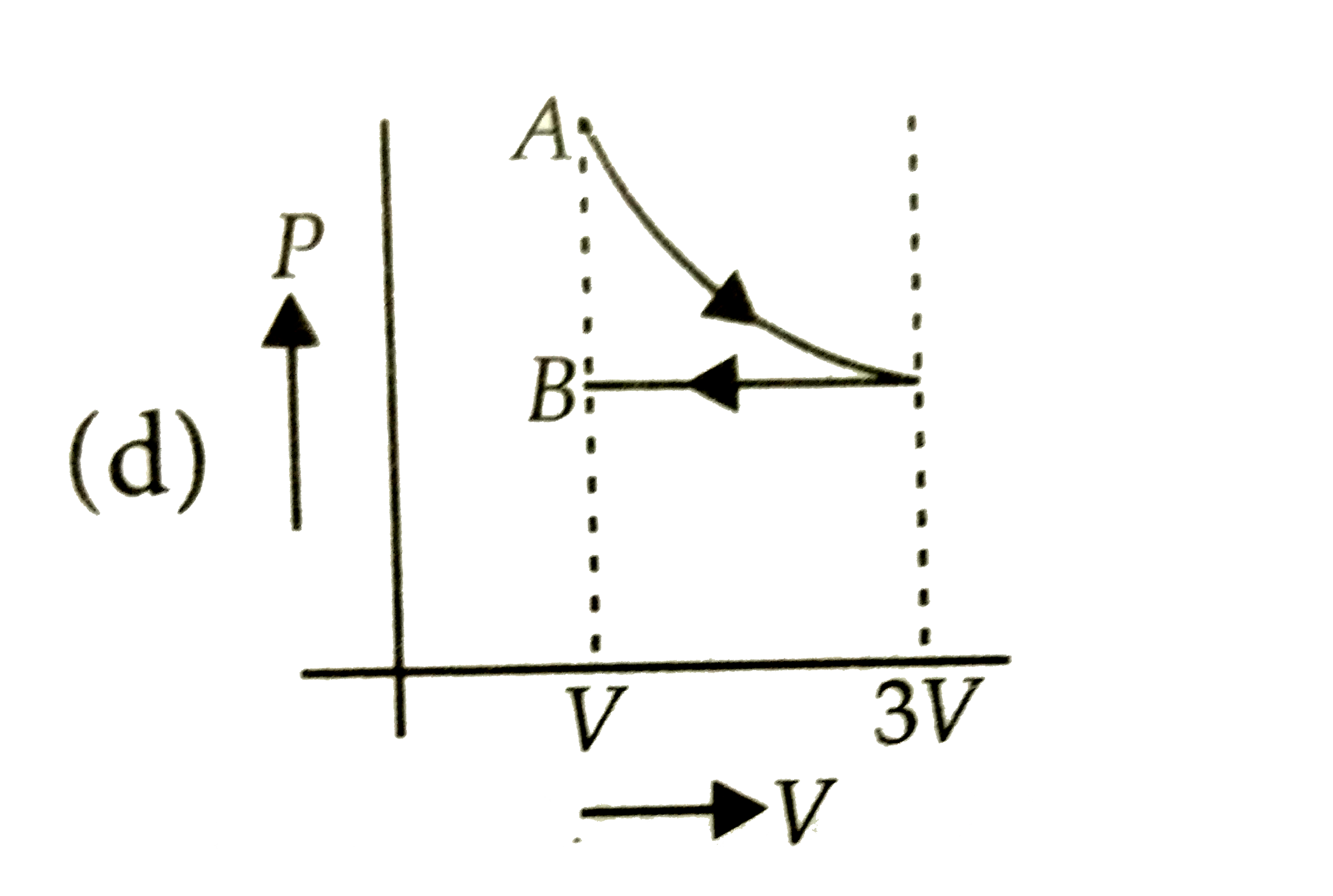
An ideal gas undergoes for different processes from the same initial state (figure). Four processes are adiabatic, isothermal, isobaric and isochoric. Out of 1, 2, 3 and 4 which one is adiabatic ?
 View Solution
View SolutionIn a certain electronic transition in the Hydrogen atom from an initial state i to a final state the difference in the orbit radius (ri−rf) is seven times the first Bohr radius. Identify the transition
View Solution
An ideal gas takes part in two thermal process in which it is heated from same initial state A. Once it is taken from A to B and in the other case from A to C. The points B and C lie on an isotherm. Choose the correct options.View SolutionFor an ideal gas, consider only P-V work in going from an initial state X to the final state Z. The final state Z can be reached by either of the two paths shown in the figure. Which of the following choice(s) is(are) correct? [Take ΔS as change in entropy and w as work done]
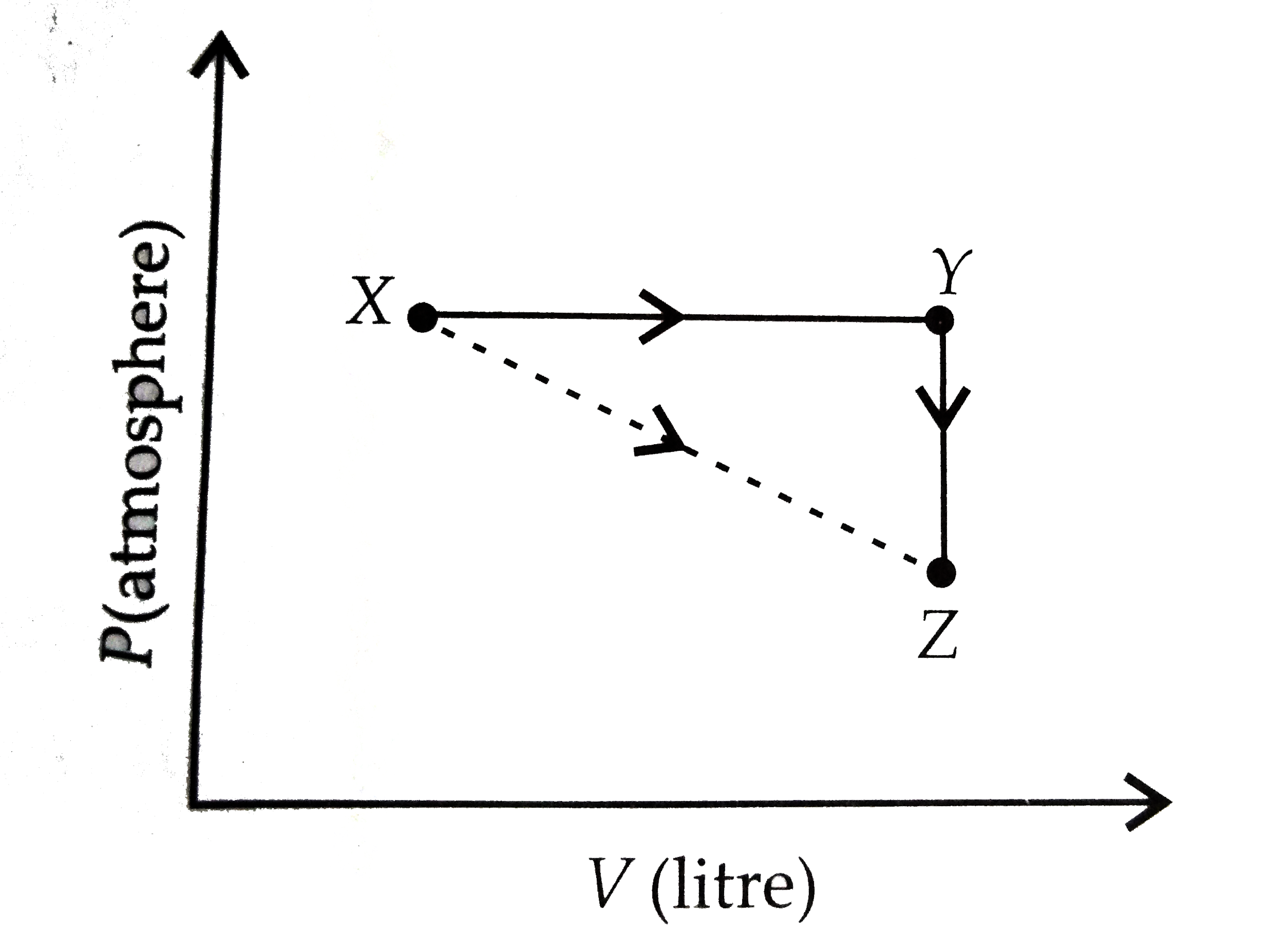 View Solution
View SolutionFor an ideal gas, consider only P−V work in going from an initial state X to the final state Z. The final state Z can be reached by either of the two paths shown in the figure. Which of the following choice(s) is (are) correct? [Take ΔS as change in entropy and w as work done]
 View Solution
View Solution

